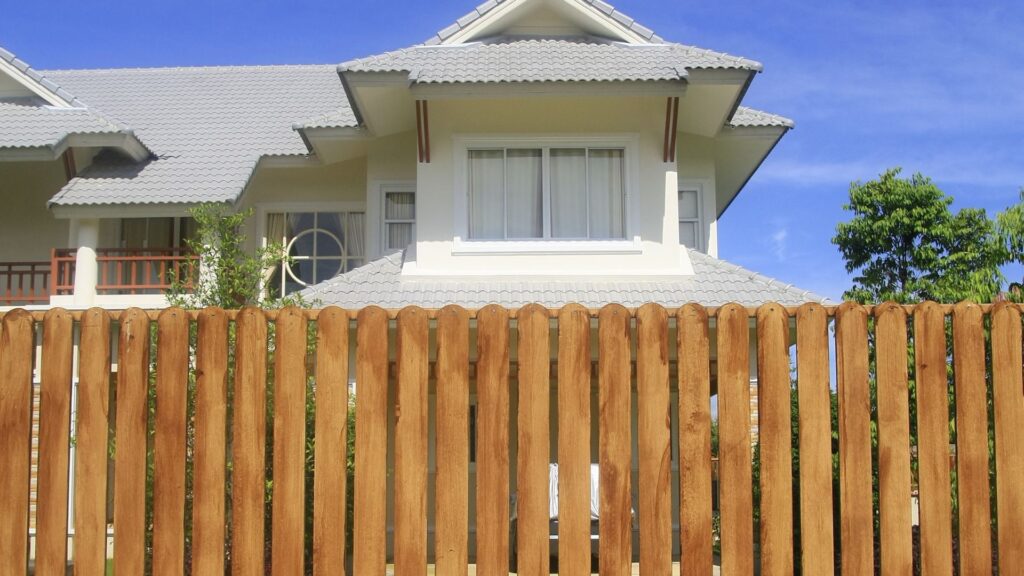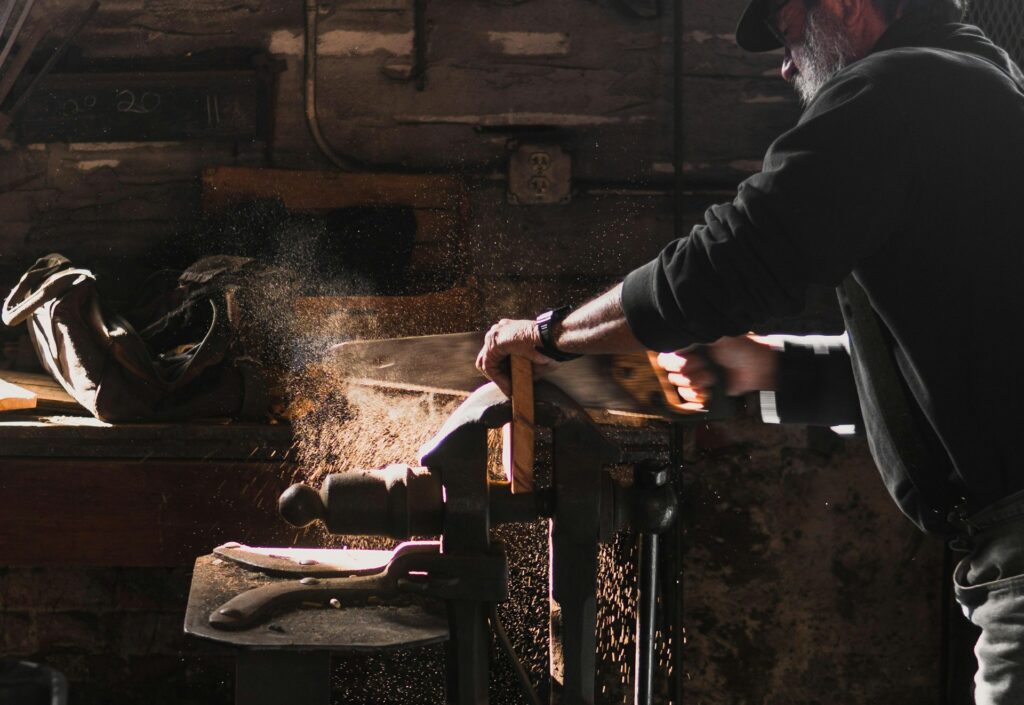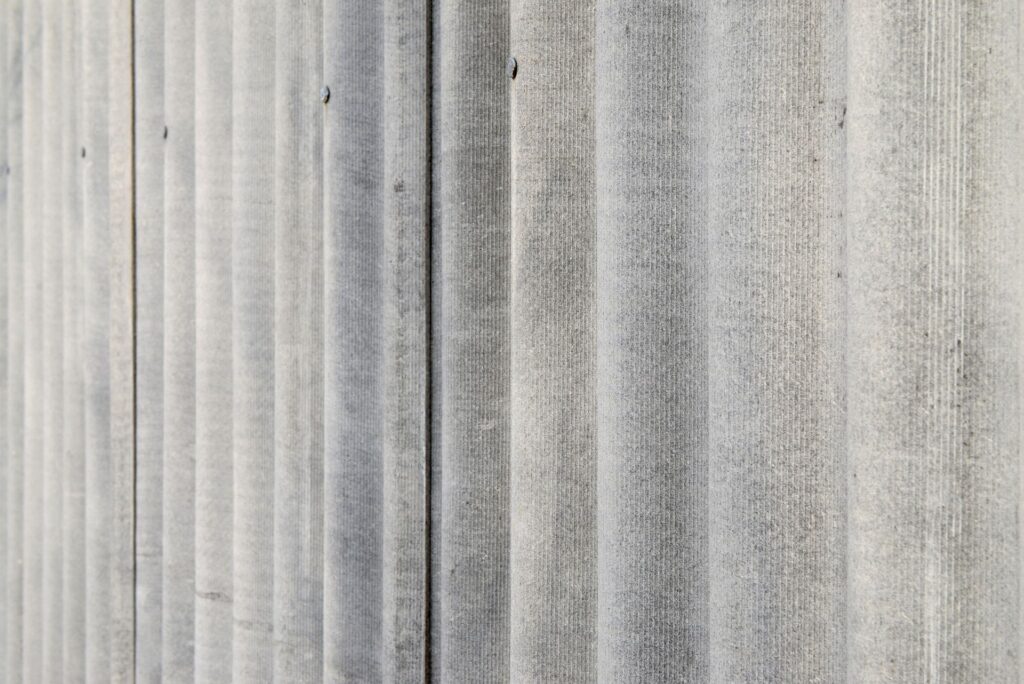Welcome to your go-to guide on understanding the cost per meter of a paling fence in NZ, a question many Kiwi homeowners ask when planning their next home improvement project. A paling fence remains one of the most popular choices across the country because it offers privacy, security, and a classic look that suits both suburban and rural properties. But before you start building, it’s important to know what you’re likely to spend and what factors influence the price. In this article, we’ll break down the average cost per meter, explore the elements that affect pricing, and share practical tips to help you budget wisely and get the best value for your fencing project.
The average cost per meter of a paling fence in NZ ranges from $75 to $150. Prices vary depending on the type of timber, fence height, site conditions, and labour charges. A basic pine paling fence sits at the lower end of the scale, while hardwood or taller fences cost more. Homeowners should also factor in extras such as staining, gates, or council approvals when budgeting.
Table of Contents
What Is A Paling Fence?
A paling fence is a simple timber fence made from vertical boards (palings) fixed to horizontal rails that are attached to posts. Posts are usually set in concrete to keep the fence stable. Most homes use treated pine because it’s affordable and widely available in New Zealand. Common heights range from 1.2 m to 1.8 m. Shorter fences often use two rails, while taller fences use three for extra strength. Palings can be butted edge-to-edge for privacy, overlapped for tighter coverage, or spaced with small gaps to let wind through. Fasteners are typically galvanised nails or screws to resist rust. Post spacing often sits around 1.8–2.4 m, adjusted for wind, soil, and fence height. If you’re pricing your project, the structure matters because height, rail count, and timber grade all influence the cost per meter of a paling fence in NZ.
Why It’s Common In NZ Suburbs And Rural Areas
New Zealand’s climate and building culture favour simple, reliable timber solutions. Treated pine holds up well when maintained, and materials are stocked by most timber merchants. A paling fence gives privacy from the street and neighbours, which is important on smaller suburban sections. On lifestyle blocks and rural sites, it blends in with the surroundings and is easy to extend as a property grows. Many fences under 2.0 m don’t need council consent, but you should still check local rules and talk with neighbours about boundaries and height. Need noise reduction near a busy road. Choose tighter palings or an overlapped style. Want better wind flow on a coastal site. Leave small, even gaps between boards.
Pros
- Affordable compared with metal or composite systems, especially at standard heights.
- Durable when you choose the right treatment level and install posts correctly.
- Easy to repair because you can swap individual palings, rails, or a post without replacing the whole run.
- Flexible design with choices for board width, capping, and gate styles to match your home.
- Readily available materials and straightforward tools make DIY possible for confident builders.
Cons
- Regular maintenance: staining or painting helps protect timber from moisture and UV.
- Timber movement: Palings can cup or warp if exposed to harsh sun or poor airflow.
- Ground contact risks: posts or rails too close to wet soil can shorten lifespan.
- Weather exposure: In high-wind zones, poor nailing patterns or wide post spacing can lead to loosened boards.
- Privacy trade-offs: gapped styles improve airflow but reduce screening.
A paling fence is popular in New Zealand because it balances price, privacy, and practicality. If you plan your structure, choose the right timber, and commit to simple upkeep, you’ll get a fence that looks good and lasts, without stretching your budget.

Average Cost Per Meter Of A Paling Fence In NZ
When planning a new fence, one of the first questions homeowners ask is about the cost. The average cost per meter of a paling fence in NZ generally falls between $75 and $150. This range depends on several factors, such as the type of timber you choose, the height of the fence, and the cost of labour in your area. A basic pine paling fence usually sits at the lower end of the range, while hardwood or taller fences tend to be priced higher.
- What’s usually included in the price: Most quotes for a paling fence cover the cost of timber palings, posts, rails, nails, and professional labour. Some contractors may also include site preparation and waste removal, while others charge extra for these services. If you plan on staining or painting the fence, that typically comes at an additional cost.
- DIY vs professional installation costs: Building a paling fence yourself can save money on labour, but it does require skill, time, and the right tools. On average, DIY costs might range closer to $50–$80 per meter if you source materials directly. Professional installation usually adds around $30–$70 per meter, but it ensures the job is done correctly and efficiently. Many homeowners choose professionals to avoid issues like uneven alignment or poor durability.
- Comparison with other fencing types: While paling fences are one of the most cost-effective options in New Zealand, it helps to understand how they compare. Colorsteel fences usually range from $180–$300 per meter, making them more expensive but lower maintenance. Vinyl fencing falls into a similar price range, often between $150–$250 per meter, while chain link fencing is cheaper, starting at about $60 per meter, but offers less privacy. When you look at overall timber fence pricing, paling fences strike a balance between affordability, strength, and appearance.
This overview shows why many Kiwi homeowners continue to choose paling fences. They are relatively affordable compared to alternatives, easy to repair, and offer a natural look that suits a wide variety of properties.
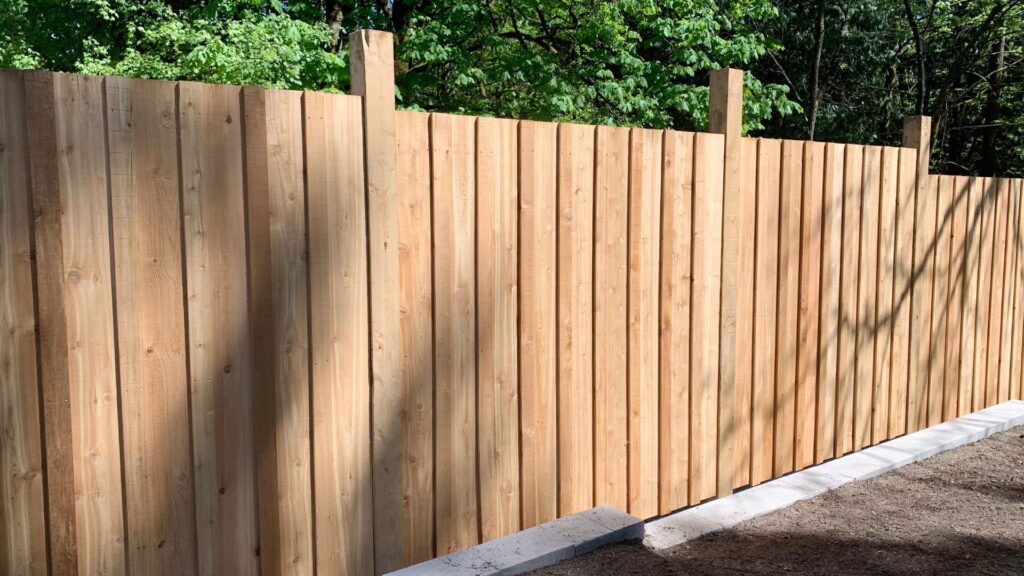
Key Factors That Affect The Cost
When it comes to the cost per meter of a paling fence in New Zealand, several factors play a big role in shaping the final price. Homeowners often focus on the timber price alone, but the reality is that materials, site conditions, labour, and design choices all influence how much you will spend. Understanding these elements can help you make better decisions and avoid unexpected expenses.
- Timber type: The choice of timber is one of the biggest cost drivers. Pine is the most common option because it is affordable, widely available, and easy to work with. Treated pine is slightly more expensive but offers better durability and resistance to rot. Hardwood, while significantly pricier, delivers a stronger and longer-lasting fence. The right timber depends on your budget, your property’s needs, and how much maintenance you are willing to do.
- Fence height and length: The size of your fence directly affects cost. Taller fences require more timber and stronger posts, which increases material and labour expenses. Similarly, longer fences mean more meters to cover, which quickly adds up. A standard 1.5-metre fence will usually be cheaper than a 1.8 or 2-metre option, but the added height may be worth it for extra privacy and security.
- Site conditions: The nature of your property can have a big impact on installation costs. A flat, even backyard is straightforward and quicker to work with, while a sloped or rocky ground requires more effort, specialised tools, and sometimes additional materials. Preparing difficult terrain adds both time and money to the project.
- Labour costs in different NZ regions: Labour rates can vary depending on where you live. In larger cities, fencing contractors may charge higher rates due to demand and operating costs, while rural areas may have more competitive pricing. Getting quotes from multiple local professionals is the best way to understand the labour costs specific to your region.
- Extra features: Adding extras such as gates, decorative tops, or staining will push up the price. Gates require additional framing and hardware, while decorative finishes like capping boards or lattice panels add both material and labour expenses. Staining or painting the fence after installation also increases the initial investment, though it can extend the lifespan of the timber.
- DIY vs hiring a professional: Building the fence yourself can cut labour costs, but it requires time, tools, and some building knowledge. While DIY might save you money upfront, mistakes during construction can lead to costly repairs or a fence that does not last as long. Hiring a professional ensures quality workmanship and often comes with guarantees, though it will increase overall expenses.
Taking all these factors into account is essential when planning your paling fence budget. The more you understand what drives the cost, the better prepared you are to choose the right balance between affordability, durability, and design.
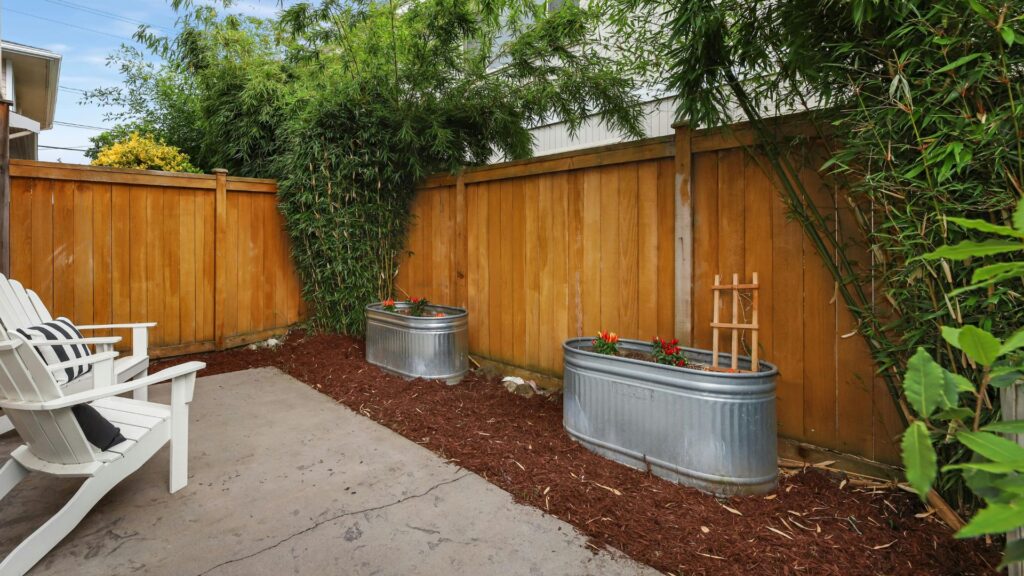
Hidden And Ongoing Costs To Consider
When planning the cost per meter of a paling fence in NZ, it’s easy to focus only on the upfront price of materials and labour. But there are extra expenses that can add up over time. Understanding these hidden and ongoing costs will help you budget more accurately and avoid surprises.
Council Permits Or Boundary Approvals
Depending on where you live in New Zealand, you may need to secure council permits or boundary approvals before building a fence. In some cases, fences under two metres may not require consent, but local regulations differ across councils. If your property shares a boundary with a neighbour, you may also need their agreement, especially if the fence sits directly on the dividing line. These requirements can lead to additional fees and sometimes delay your project if not addressed early.
Timber Treatment Or Staining For Longevity
Paling fences are usually built from timber, which means ongoing care is necessary to extend their lifespan. Treatments such as staining, oiling, or painting protect the wood from moisture, UV damage, and pests. While these maintenance steps come with a cost, they save you money in the long run by reducing the risk of early deterioration. Depending on the type of timber and the weather conditions in your area, you may need to reapply treatments every two to three years.
Repairs And Replacement Of Damaged Palings
Even with regular maintenance, paling fences can suffer damage over time. Strong winds, storms, or general wear and tear may loosen palings, cause warping, or even break sections of the fence. Repairing or replacing damaged palings is usually straightforward, but it still adds to your ongoing costs. For larger fences, the expense can be significant if multiple sections need attention at once.
Disposal Costs For Old Fences
If you are replacing an existing fence, don’t forget to factor in the cost of removing and disposing of the old structure. Many contractors include this in their quote, but others may charge extra. Disposal costs vary depending on the amount of material and whether it can be recycled. In some areas, there are specific fees for dumping treated timber, which can increase your overall expenses.
A paling fence remains one of the most cost-effective options for Kiwi homeowners, but looking beyond the initial price is essential. By accounting for permits, timber treatment, repairs, and disposal fees, you’ll gain a realistic view of the total investment and make better long-term decisions for your property.
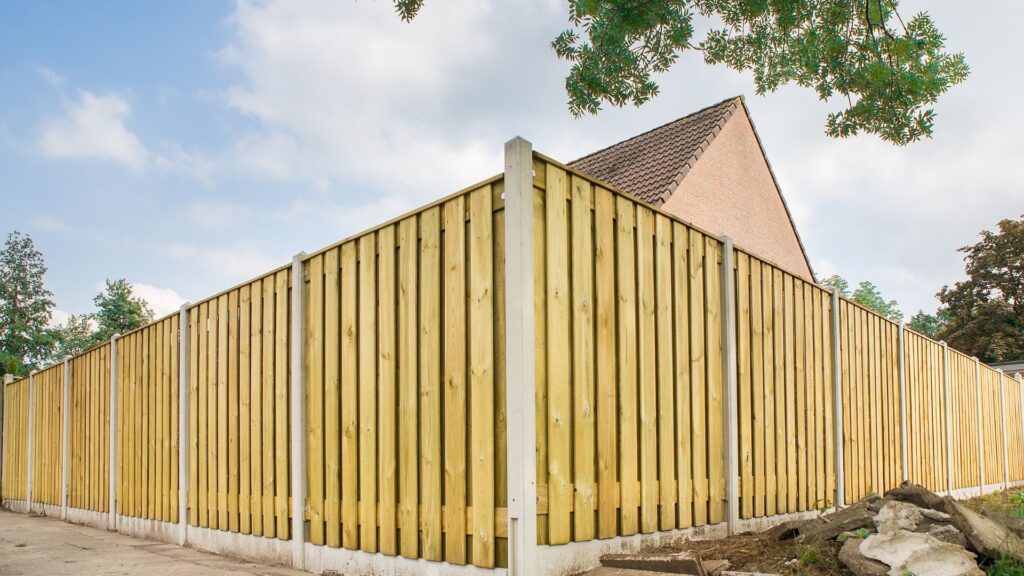
Tips To Save Money On Your Paling Fence
When planning a paling fence in New Zealand, costs can quickly add up if you don’t prepare carefully. Fortunately, there are smart ways to keep your expenses down without sacrificing quality or durability. Here are some practical tips to help you save money on your fencing project:
Get Multiple Quotes From Local Contractors
One of the easiest ways to cut costs is by comparing prices. Different contractors often have different labour rates, and some may offer seasonal discounts. By requesting at least three quotes, you can identify a fair price range and avoid paying more than necessary. This also gives you a chance to ask about timelines, materials, and warranties, helping you make a more informed decision.
Buy Timber In Bulk If DIY
If you’re taking the do-it-yourself route, buying timber in bulk can make a noticeable difference in cost per meter. Many suppliers offer discounts when you purchase larger quantities, and you’ll also save on delivery fees by reducing the number of trips. Make sure to measure your site carefully before ordering to avoid both shortages and waste.
Build In Stages If On A Tight Budget
Not everyone can afford to pay for an entire fence at once. If budget is a concern, consider building the fence in sections. Start with the most important areas, such as the front of your property or boundaries with neighbours, and complete the rest over time. This approach spreads out expenses while still allowing you to increase privacy and security as you go.
Choose Standard Heights
Custom fences may look attractive, but they also push up material and labour costs. A standard paling fence, such as 1.5 or 1.8 meters high, is usually more affordable and widely accepted by local councils. By sticking to common sizes, you’ll also have an easier time sourcing replacement palings in the future.
Maintain Regularly To Avoid Major Repairs
A little care goes a long way when it comes to saving money. Regular maintenance, such as staining or sealing the timber, prevents rot and extends the lifespan of your fence. Checking for loose or damaged palings and fixing them early will also help you avoid larger, more expensive repairs down the track.
Taking the time to plan carefully and apply these simple strategies can significantly reduce the overall cost of your paling fence. By being smart with sourcing, timing, and maintenance, you’ll enjoy a sturdy fence that lasts for years without stretching your budget.
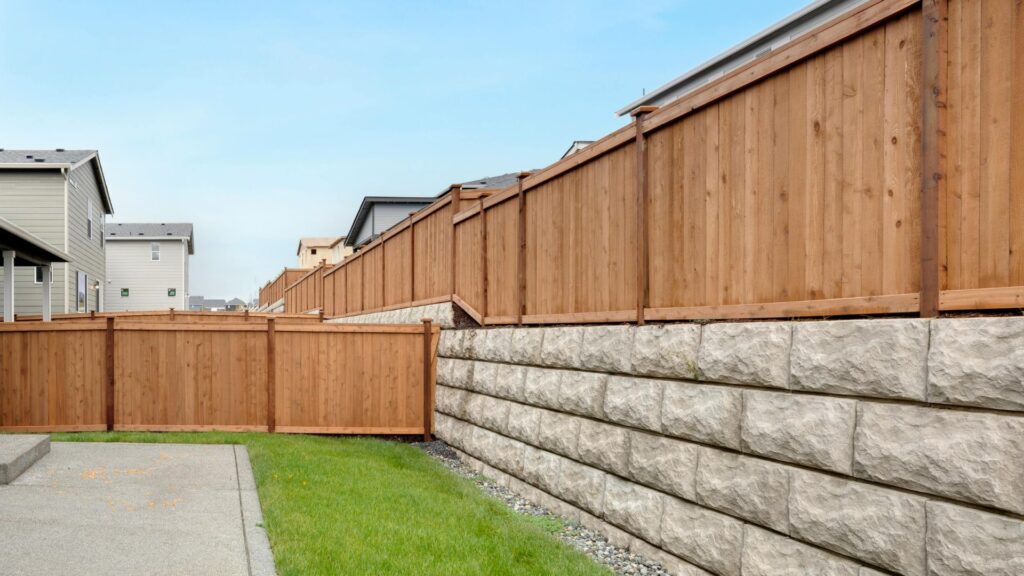
Is A Paling Fence Worth The Cost In NZ?
When planning a new fence, homeowners often weigh the cost against long-term value. A paling fence strikes a balance between affordability, durability, and property value, which is why it remains one of the most common choices in New Zealand.
A key advantage of paling fences is their affordability compared to alternatives such as colorsteel, vinyl, or wrought iron fencing. For many households, a paling fence offers a practical way to secure a property without the heavy upfront investment required by premium materials. Despite the lower cost, a well-built paling fence can last 15 to 20 years when properly maintained, providing good long-term value.
Durability is another factor that makes paling fences appealing. Treated timber can withstand New Zealand’s varied climate, from heavy rain to strong sun. Regular staining or painting further extends the fence’s life and helps it maintain its appearance. Unlike metal or composite fences, paling fences are also easy to repair, if a few boards get damaged, they can be replaced individually without needing to rebuild the entire structure.
Many Kiwi homeowners also choose paling fences because they complement a wide range of property styles. Whether in suburban neighborhoods or rural areas, the natural timber look blends well with gardens and outdoor spaces. A paling fence can improve privacy and security while adding to the overall property value, making it an investment that goes beyond function alone.
That said, there are times when it makes sense to spend more on premium fencing materials. If low maintenance is a priority, options like vinyl or aluminum may be better long-term investments. For homeowners looking for a modern appearance or higher resale value, colorsteel or decorative fencing may be worth the additional cost.
In short, a paling fence remains a smart choice for many New Zealand homeowners. It offers the right mix of price, durability, and aesthetic appeal, making it a reliable option for those seeking a balance of practicality and value.
Ready to build your new paling fence? Get in touch with us today and explore how we can help you create a fence that fits your budget and style. Visit Hamilton Fence Builder to learn more.

FAQs: About Cost Per Meter Of Paling Fence In NZ
What is the average cost per meter of a paling fence in NZ?
The average cost per meter of a paling fence in New Zealand typically ranges between $75 and $150. The final price depends on the type of timber, fence height, labour charges, and any extra features like gates or staining.
Why are paling fences so popular in NZ?
Paling fences are affordable, durable, and provide good privacy. They are also easy to repair and suit the look of both suburban and rural homes, which makes them one of the most common fencing choices in New Zealand.
Does the type of timber affect the cost of a paling fence?
Yes. Treated pine is generally the cheapest option, while hardwood or premium timber comes at a higher price. The type of timber also affects how long the fence lasts and how much maintenance it requires over time.
How does fence height influence the cost per meter?
Taller fences require more timber and stronger posts, which increases both material and labour costs. A standard 1.5m fence will usually cost less than a 1.8m or 2m fence of the same style.
Are there hidden costs involved in building a paling fence?
Yes. Homeowners should consider council approval fees, timber treatment or staining, disposal of old fencing, and potential ground preparation costs if the site is uneven or rocky.
Can I build a paling fence myself to save money?
You can build a paling fence yourself if you have the right tools and skills. DIY can save labour costs, but it requires time, effort, and proper planning. Mistakes during installation may lead to higher repair costs later.
How long does a paling fence last in NZ?
A well-built and properly maintained paling fence can last 15 to 20 years in New Zealand. Regular staining, painting, or treating the timber helps extend its lifespan and protect it against weather damage.
Do I need council approval to build a paling fence in NZ?
In many cases, fences up to 2 meters high do not require council consent, but regulations can vary depending on your local council. It’s always best to check with your local authority before starting any fencing project.
What are the cheapest fencing alternatives to paling fences in NZ?
Chain-link and wire fences are generally cheaper than paling fences, but they don’t provide the same level of privacy or visual appeal. Paling fences remain a cost-effective option when balancing price, durability, and privacy.
How can I save money on a paling fence project?
To cut costs, compare multiple quotes from local contractors, consider DIY if possible, buy timber in bulk, and choose standard fence designs instead of custom features. Regular maintenance will also prevent costly repairs in the future.
Conclusion
The cost per meter of a paling fence in NZ generally falls between $75 and $150, depending on timber choice, fence height, and labour rates, but homeowners should remember that the cheapest option is not always the best long-term investment. When planning your project, think carefully about your property needs, the level of privacy you want, and how much ongoing maintenance you are willing to commit to, since factors like staining or treating the timber can significantly extend the life of your fence. Budget plays a major role, yet it is equally important to balance cost with quality to avoid frequent repairs or replacements in the future. Talk to local fencing contractors, compare quotes, and pick the best fit for your home so you can enjoy a fence that not only looks great but also adds value and security for years to come.
About the Author:
Mike Veail is a recognized digital marketing expert with over 6 years of experience in helping tradespeople and small businesses thrive online. A former quantity surveyor, Mike combines deep industry knowledge with hands-on expertise in SEO and Google Ads. His marketing strategies are tailored to the specific needs of the trades sector, helping businesses increase visibility and generate more leads through proven, ethical methods.
Mike has successfully partnered with numerous companies, establishing a track record of delivering measurable results. His work has been featured across various platforms that showcase his expertise in lead generation and online marketing for the trades sector.
Learn more about Mike's experience and services at https://theleadguy.online or follow him on social media:

